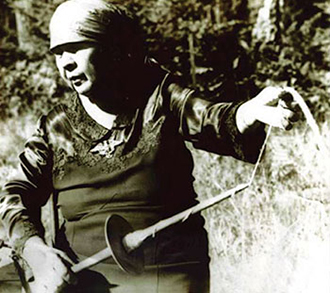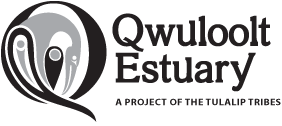About Us
People
Indigenous peoples have lived in the Salish Sea region for millennia, being sustained by as well as being respectful stewards of aquatic life and other natural resources in the surrounding uplands, wetlands and forests. Ancestors and descendants of the allied bands of the Tulalip Tribes including the Snohomish, Snoqualmie, Skagit, Suiattle, Samish, and Stillaguamish have survived and thrived throughout the Snohomish River Basin. The area of Qwuloolt was a valued place for fishing and fish camps, hunting of birds and mammals, gathering of native plants for basketry, culinary and medicinal uses.
In the mid-1850s, the Snohomish River valley underwent dramatic changes as non-native settlement brought the first steamboat to the estuary in 1855. Timber harvesting soon followed in 1861, along with native land expropriation and suppression of native culture. By 1902, the vast majority of the forest within the Snohomish River floodplain was logged, followed by the draining of thousands of acres of marsh, ditching of floodplain streams, and the clearing of river and stream banks in order to establish farms. However, the Snohomish River floodplain has not provided secure farmland since the river and tides breached levees and flooded lowlands throughout the last century. Where the levees have held, they have cut off the floodplains from the nutrient rich riverine sediment. Due to the lack of periodic inundation coupled with conventional farming methods, organic carbon and nutrients have been removed, leading to increasingly subsided and nutrient depleted land. Today, the Snohomish River is surrounded by cities and rural areas that are rapidly urbanizing, with associated concerns for environmental degradation.
The Qwuloolt Estuary Restoration Project is made possible through the cooperation of many partners including tribal, local, county, state and federal agencies as well as private individuals and organizations. Partners work together so that resources and information are shared, funds are spent in a strategic way, the best available science is utilized and past experiences are used to make informed decisions, all of which ensures the project’s success.


